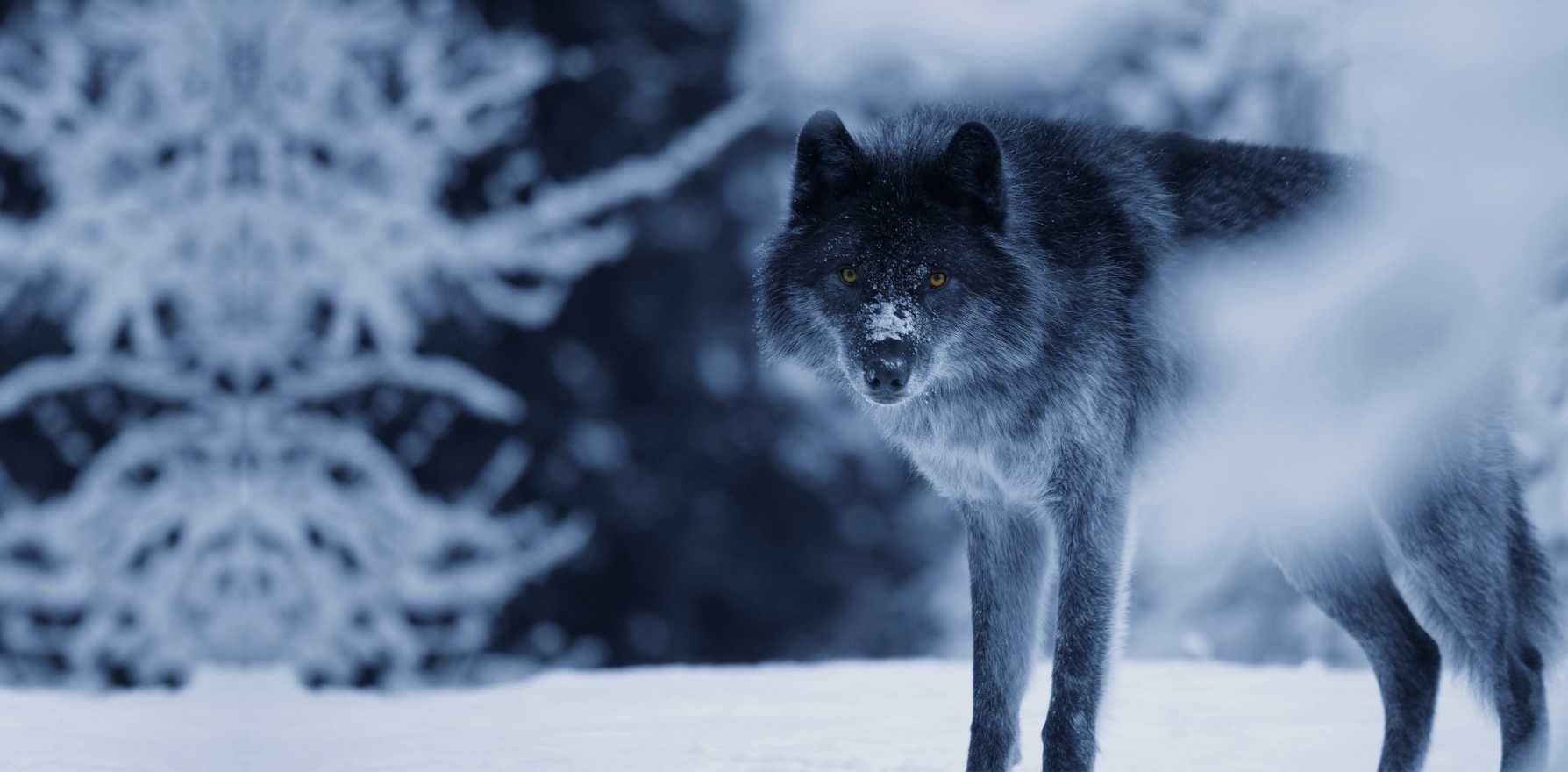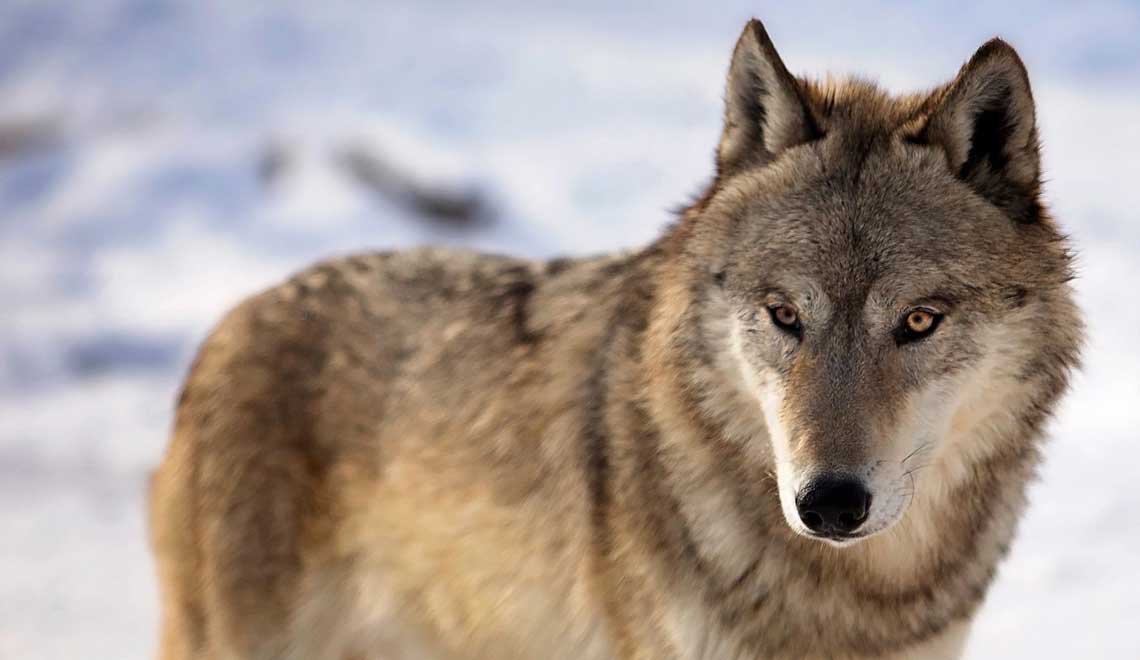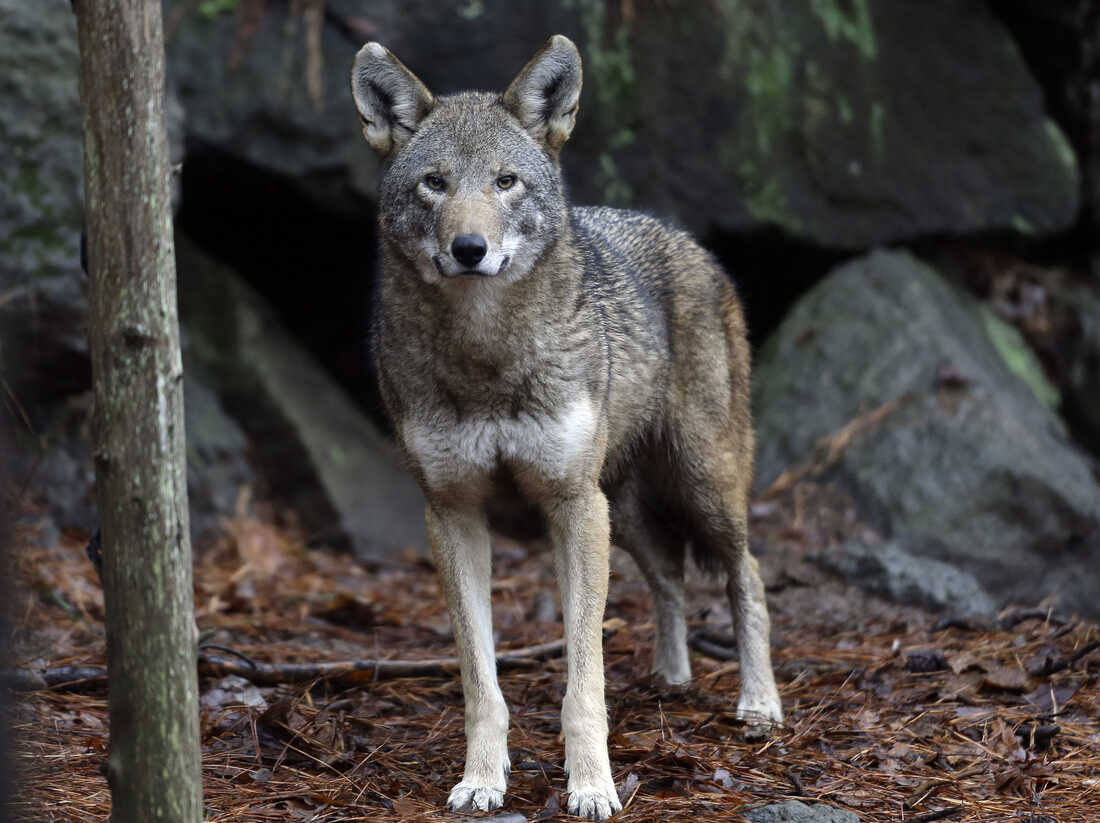North America is home to three species of wolves, which are the Gray Wolf, the Eastern Wolf, and the Red Wolf. The Gray Wolf is the largest member of the wild canine family and has five subspecies recognized in North America, with the Mexican Gray Wolf being the most endangered.
The Eastern Wolf is found in southern Canada and the northeastern United States, while the Red Wolf is larger than coyotes but smaller than Gray Wolves and once inhabited most of the southeastern United States but became extinct in the wild.
You are reading: What Types Of Wolves Are There In North America
However, they have been reintroduced to North Carolina as part of a Species Survival Plan and now inhabit five counties in the northeast of the state.
There is a growing debate over whether some subspecies are actually distinct species of wolves, and at one point, scientists recognized about 24 subspecies of the wolf in North America.

3 Types Of Wolves In North America
Gray Wolf

The Gray Wolf, also known as the timber wolf, is a large canine that is native to Eurasia and North America. Gray wolves are the largest members of the dog family, with adults ranging in weight from 40 to 175 pounds. Their coat color is typically a mix of gray and brown with buffy facial markings and undersides, but the color can vary from solid white to brown or black.
Read more : Top 10 Biggest Snakes In The World
Gray wolves look somewhat like a large German shepherd, and their average size is three to five feet long, with tails that are usually one to two feet long.
Wolves in the north are usually larger than those in the south. Gray wolves are carnivores and mainly hunt large, hoofed mammals. They are social animals that live in packs, which can range from two to over 20 individuals. The gray wolf’s range has been reduced to Canada, Alaska, the Great Lakes, northern Rockies, and Pacific Northwest.
Eastern Wolf

The Eastern Wolf, also known as the timber wolf, Algonquin wolf, or eastern timber wolf, is a canine of debated taxonomy native to the Great Lakes region and southeastern Canada.
It is considered to be either a unique subspecies of gray wolf or red wolf. The eastern wolf’s morphology is midway between that of the gray wolf and the coyote.
The fur is typically of a grizzled grayish-brown color mixed with cinnamon, and the nape, shoulder, and tail region are a mix of black and gray, with the flanks and chest being rufous or creamy.
Eastern wolves are smaller than the standard gray wolf but larger than a coyote, with females weighing on average 23.9 kilograms (53 lb) and males 30 kilograms (67 lb). They primarily prey on white-tailed deer but may occasionally hunt moose and beavers.
Eastern wolves are monogamous for their lifetime, and the dominant pair in the pack will mate between January and February, with the pups born about two months afterward, a litter numbering 4 to 7.
Read more : 5 Extinct Types Of Whales
The Eastern wolf lives in coniferous and mixed forests in the north and deciduous and mixed forests in the south. Habitat loss and fragmentation due to roading networks and urbanization is a threat to population expansion, as well as negative public attitudes towards them and established eastern coyote territories.
According to the Wolf Conservation Center (WCC) resource, the total population size of the Eastern wolf is unknown.
Red Wolf

The Red Wolf is a canid native to the southeastern United States and is the world’s most endangered wolf species. Here are some key facts about the Red Wolf:
Appearance:
– The Red Wolf is intermediate in size between the coyote and gray wolf.
– They are about four feet long and stand about 26 inches at the shoulder.
– Red wolves weigh anywhere between 45 and 80 pounds, with males averaging about 60 pounds and females about 50 pounds.
– They have a distinctive reddish cast for which they are named, with a reddish tint to the fur on their muzzle, behind their ears, and on the backs of their legs.
– Their fur is typically a mix of gray, brown, and buffy colors.
Habitat and Diet:
– Red wolves are carnivores and primarily hunt white-tailed deer, but they may also hunt smaller mammals like raccoons, rabbits, and rodents.
– Within their territory, red wolves will travel up to 20 miles in search of prey.
– Red wolves live in a variety of habitats, including forests, swamps, and coastal prairies.
Behavior and Reproduction:
– Red wolves are most active at night and communicate by scent marking, vocalizations (including howling), facial expressions, and body postures.
– They are shy and secretive and hunt alone or in small packs.
– Red wolves tend to form pair-bonds for life, and only the alpha male and female in the pack mate.
– Other pack members will help care for the young and bring food to the breeding female.
– Red wolf dens are often located in hollow trees, stream banks, and sand knolls.
– The breeding season is in late winter, and the gestation period is 60-63 days.
– The litter size is typically 2-8 pups.
Conservation:
– The Red Wolf is classified as “critically endangered” by the International Union for Conservation of Nature.
– The Red Wolf has faced an embattled road to recovery since its listing in the first class of the Endangered Species Act.
– Red wolves were once common throughout the Eastern and South Central United States but now persist in only a fraction of their range.
– Habitat loss, hunting, and hybridization with coyotes threaten red wolves with extinction.
– The U.S. Fish and Wildlife Service has a Red Wolf Recovery Program to help conserve and recover the species.
FAQS
1. How many species of wolves are there in North America?
There are three species of wolves found in North America: the Gray Wolf, the Eastern Wolf, and the Red Wolf.
2. What is the difference between a Gray Wolf and an Eastern Wolf?
The Eastern Wolf is smaller than the Gray Wolf and has a coat that is typically a grizzled grayish-brown color mixed with cinnamon. The Eastern Wolf is considered to be either a unique subspecies of Gray Wolf or a distinct species of wolf.
3. What is the Red Wolf?
The Red Wolf is a canid native to the southeastern United States and is the world’s most endangered wolf species. They are larger than coyotes but smaller than Gray Wolves and have reddish fur that runs along their ears, neck, and legs.
4. How many subspecies of Gray Wolves are there in North America?
There are five subspecies of Gray Wolves recognized in North America, with the most endangered being the Mexican Gray Wolf.
5. What is the status of the Red Wolf?
The Red Wolf is classified as “critically endangered” by the International Union for Conservation of Nature. Habitat loss, hunting, and hybridization with coyotes threaten red wolves with extinction. The U.S. Fish and Wildlife Service has a Red Wolf Recovery Program to help conserve and recover the species.
6. What is the range of wolves in North America?
Wolves in North America are found in Canada, Alaska, the Great Lakes, northern Rockies, and Pacific Northwest. The Eastern Wolf is found in southern Canada and the northeastern United States, while the Red Wolf is native to the southeastern United States.
Source: https://petstutorial.com
Category: Animals










